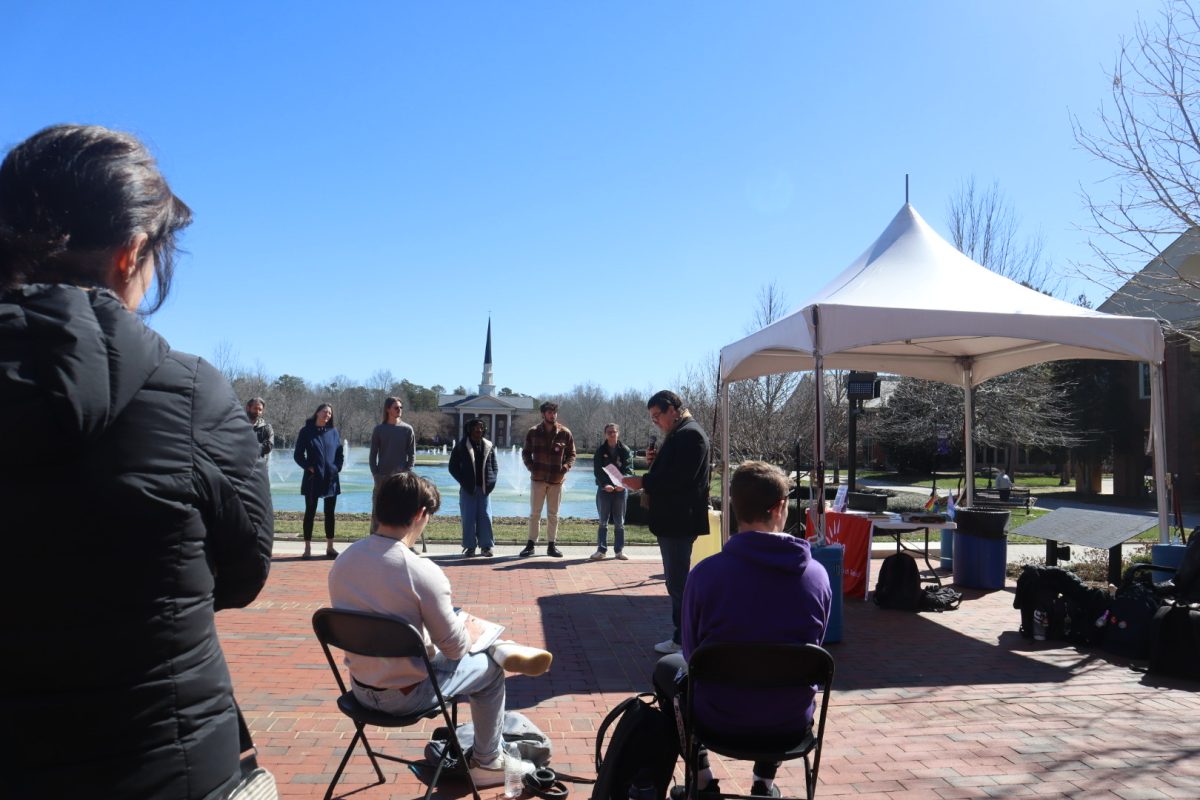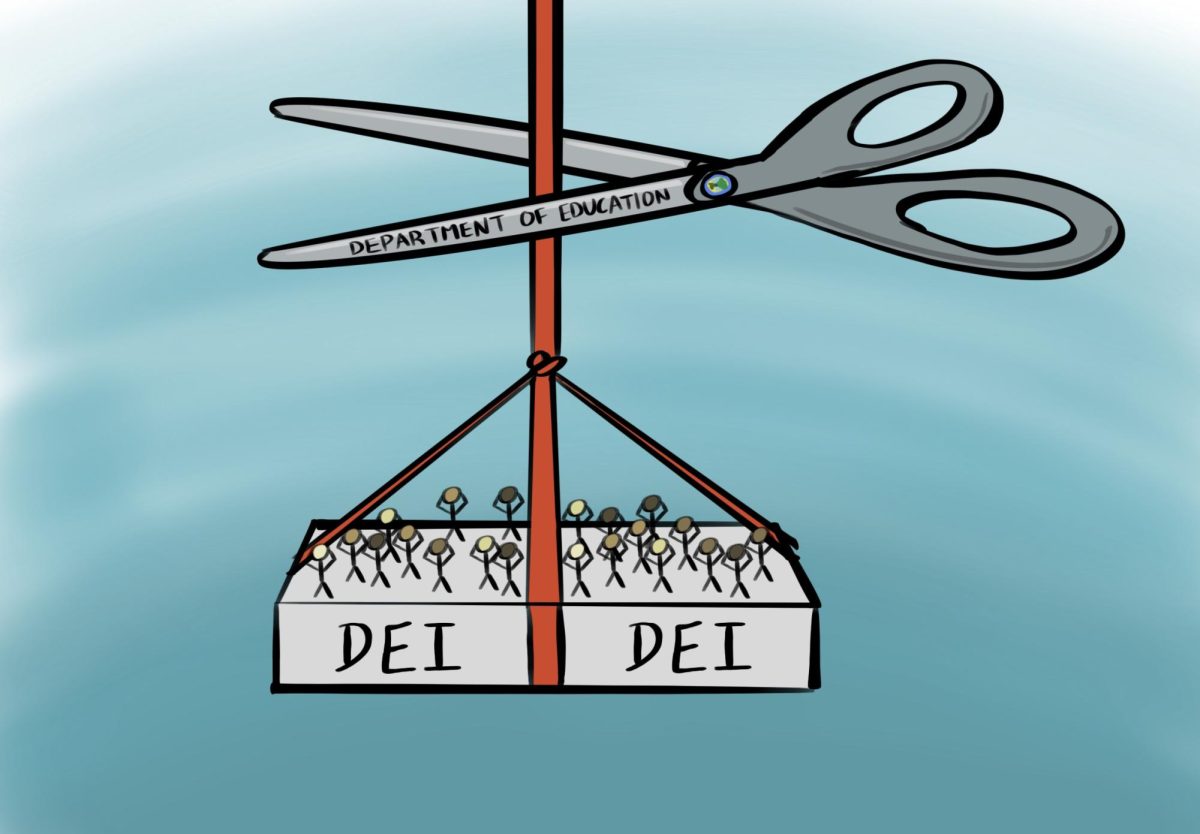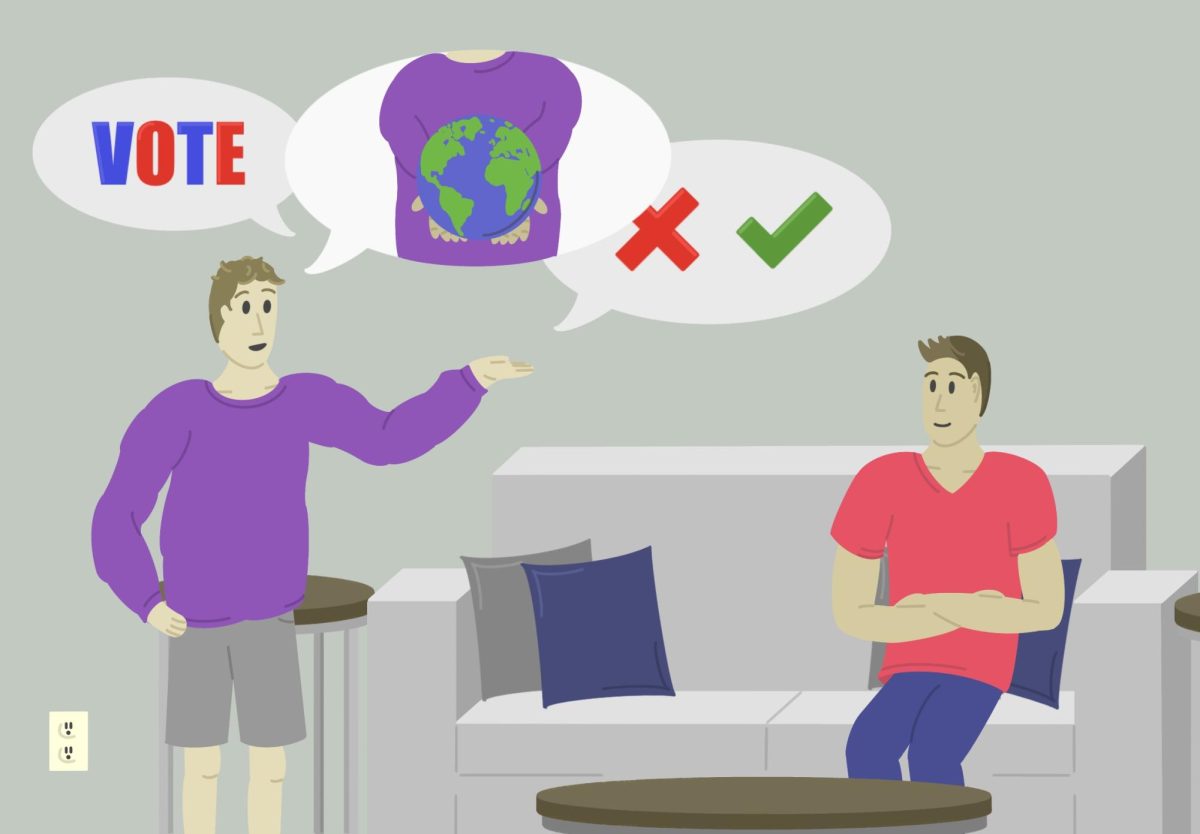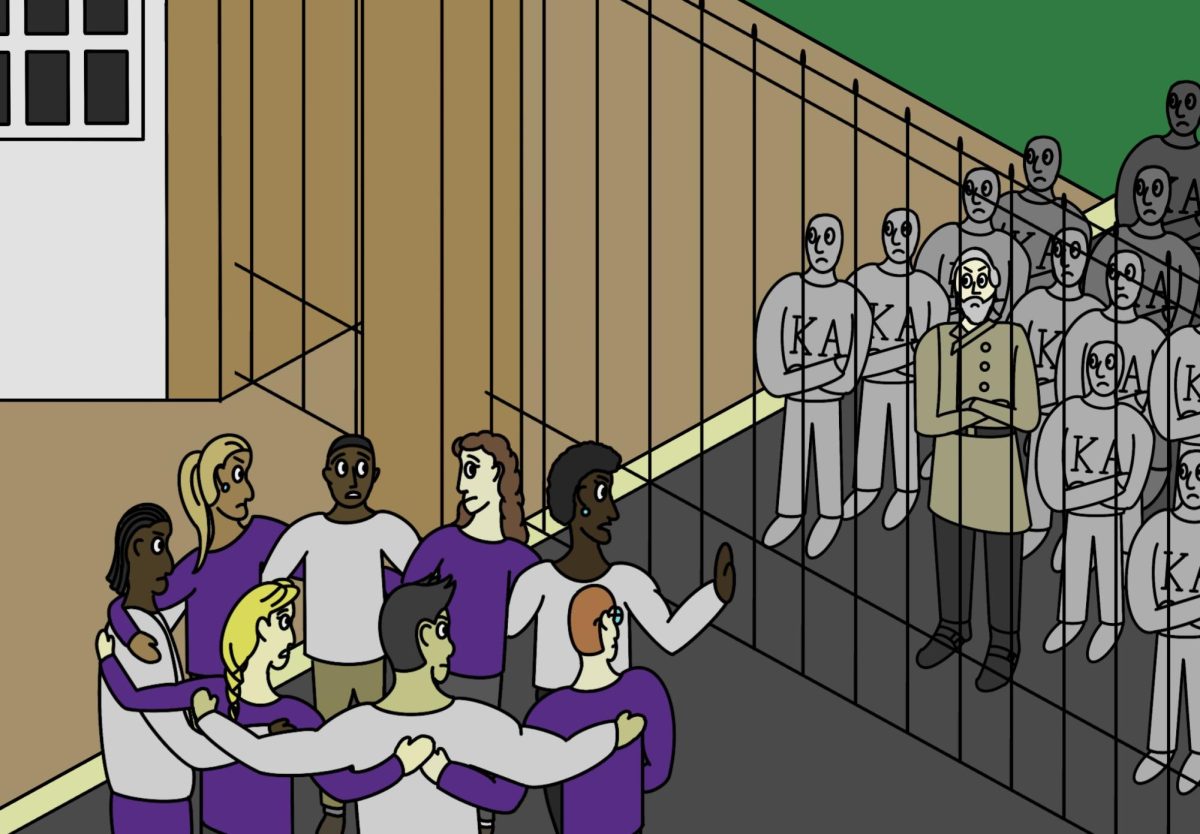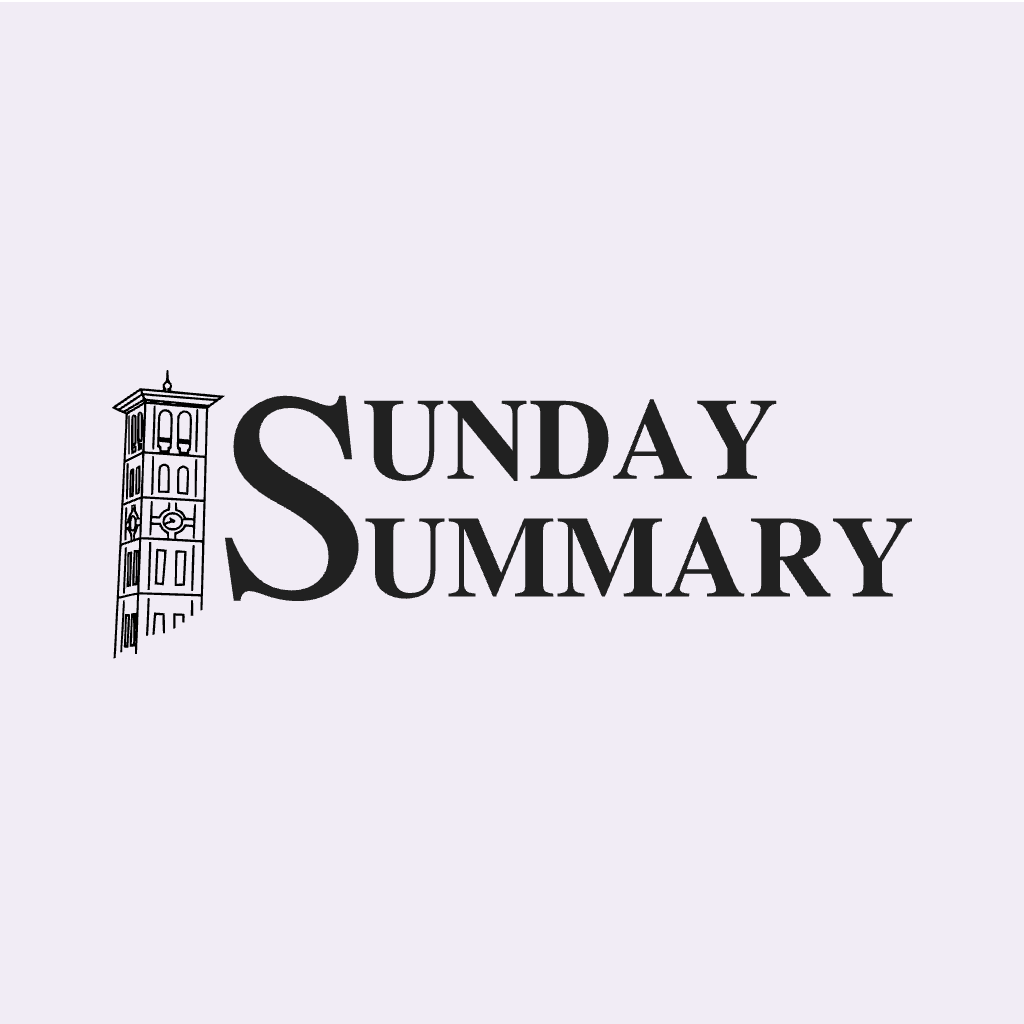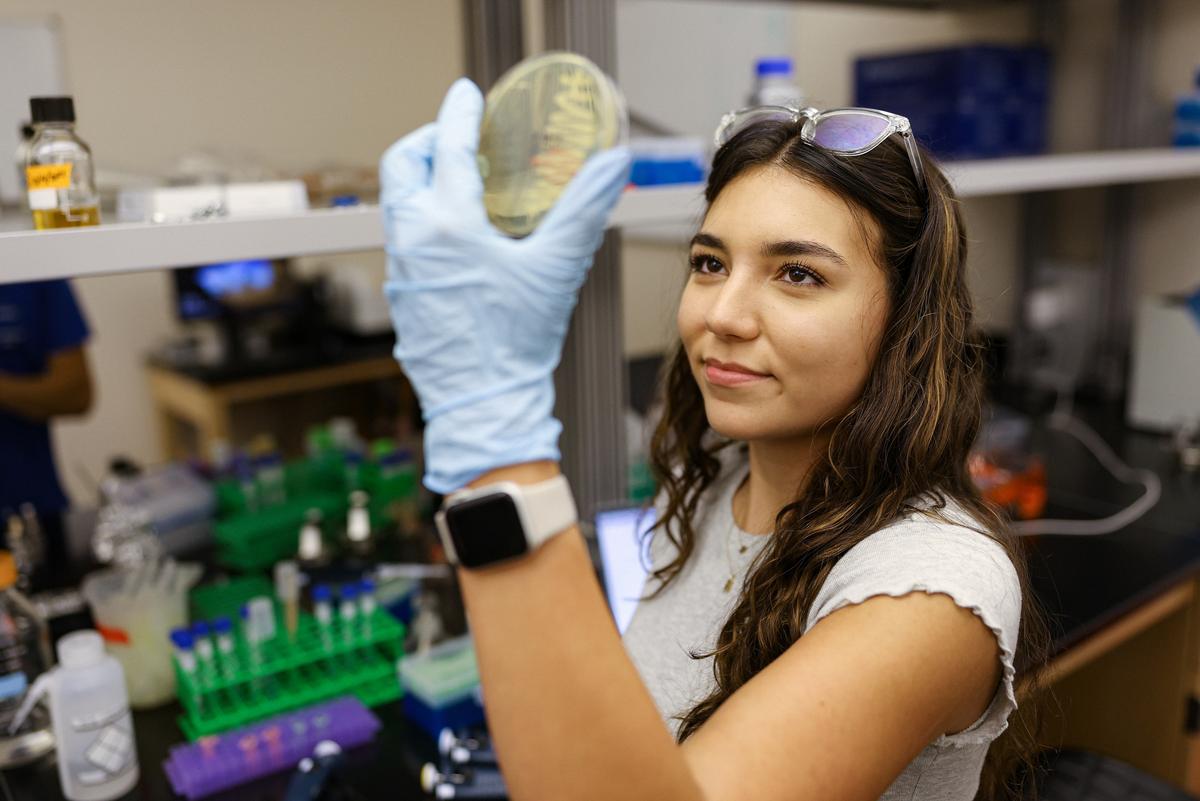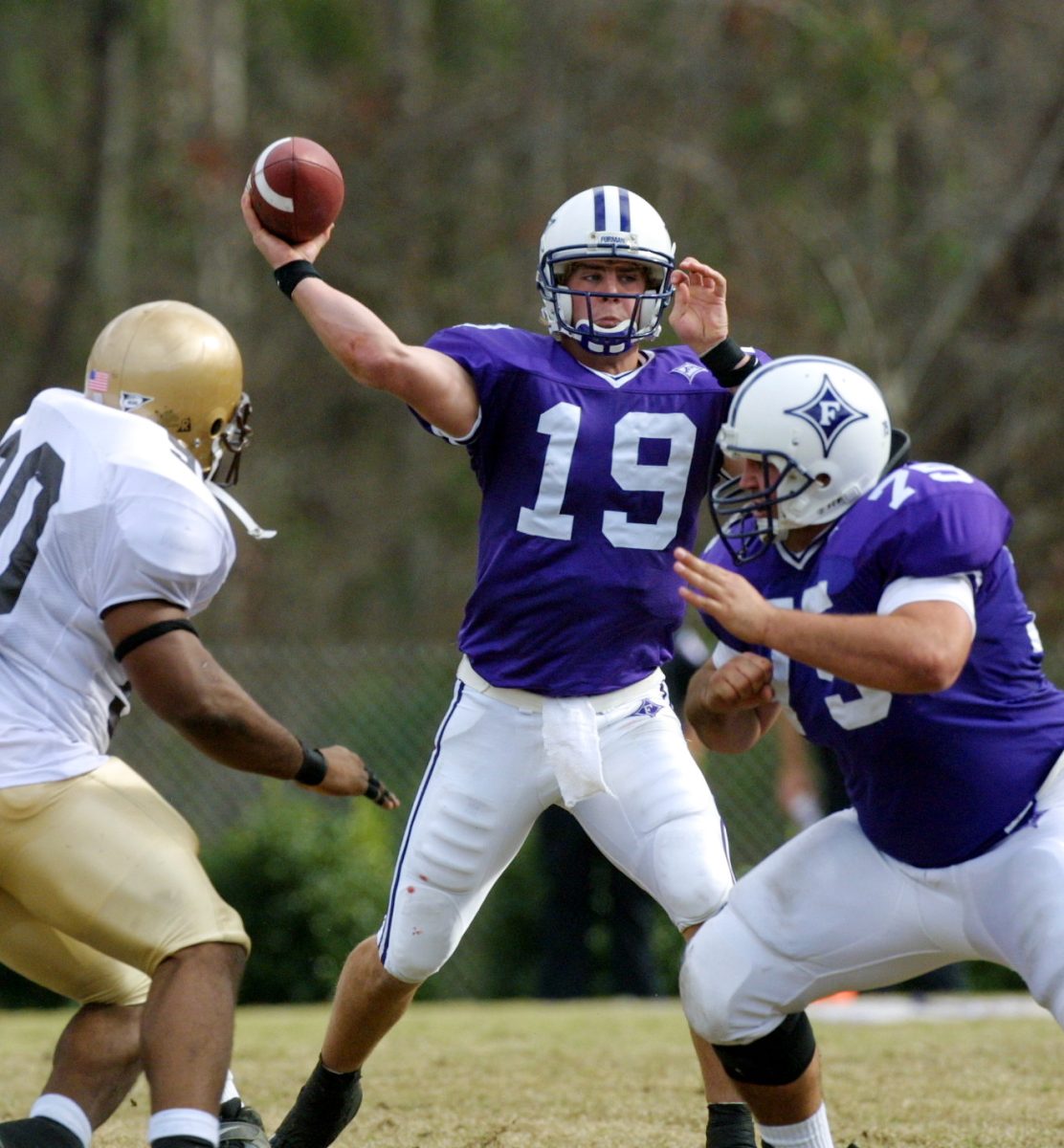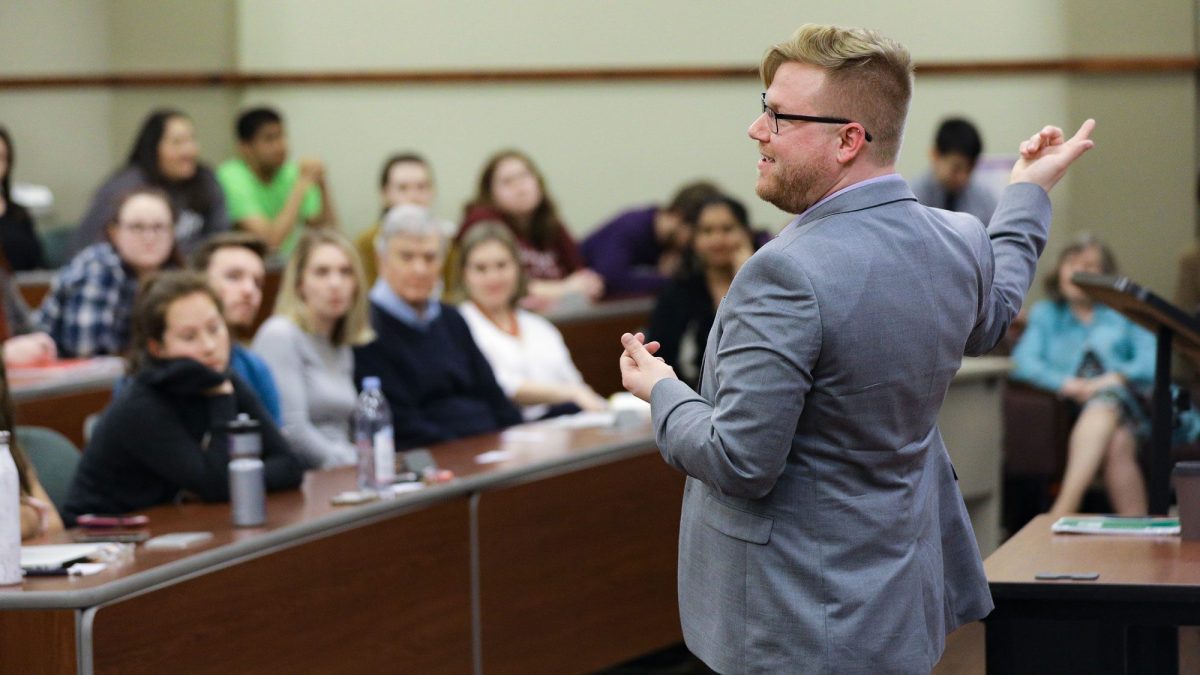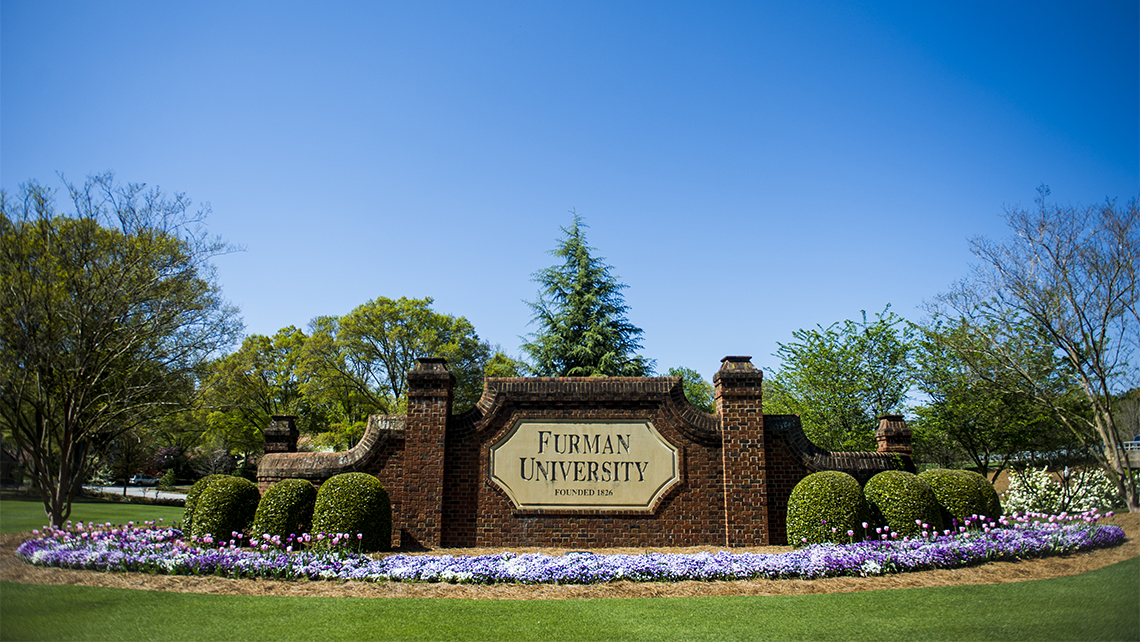A study reported by The New York Times in 2017 showed that Furman had the sixth greatest share of students from the top one percent (family income of approximately $630,000 or more) of 71 highly selective private colleges. The New York Times obtained this data from Opportunity Insights (OI), an independent research organization associated with Harvard University that compiles data on socioeconomic demographics and mobility. The Paladin used data from Opportunity Insights as well as analyses of financial aid information to understand where Furman stands in terms of socioeconomic diversity. The research from Opportunity Insights reflects the demographics of Furman’s student body in the early 2000s — the most recent data available for certain markers such as average income. Here are the findings:
The research by OI (derived from data in the early 2000s) determined that Furman’s mean parental income is $290,694. In the context of other comparable institutions in the highly selective private category, Wofford College’s is $243,617 while Austin College (a small liberal arts university in Sherman, Texas) has a mean parental income of $152,915.

Looking at the income distribution of the student body, only 2.2% of Furman students came from families in the bottom 20% while approximately 11% of students came from families in the top 1%. Since the early 2000s, the national trends of rising tuition (that Furman has experienced) and income disparity have increased. This makes it unlikely that the socioeconomic makeup of the student body has drastically changed at Furman. Below is a table showing Furman’s increasing tuition over the last decade.

Although there is no available data for the current income breakdown of the student body, looking at Furman’s history of financial aid can help provide an image of socioeconomic status. Currently, 94% of the full-time beginning undergraduate students receive some kind of aid, including merit based and financial need based. The 2019-2020 Common Data Set (CDS) reported that the total amount of need-based institutional scholarships and grants amounted to $32,163,109, an increase of around 5% from $30,431,446 reported in the 2018-2019 CDS profile. From 2010 to currently, the amount of institutional aid at Furman has shown an upward trend, however tuition has also steadily increased.
Federal Pell grants are given to “undergraduate students who display exceptional financial need.” According to the CDS, the Fall 2010 cohort of first-time, full-time bachelor’s degree seeking undergraduate students had 110 Pell Grant Recipients. The 2018-2019 CDS reported that for the fall 2012 Cohort of first-time, full-time bachelor’s degree seeking undergraduate students, there were 96 Recipients of a Federal Pell Grant. According to the National Center for Education Statistics (NCES), in the 2018-2019 academic year, 88 first year undergraduate students at Furman received pell grants. The total number of undergraduate students receiving pell grants for that year was 374. This represented approximately 13% of the reported population of 2018 undergraduate students.
Considering the rise in tuition over the past decade, the average net price by income (or amount of tuition and fees left over after subtracting all types of aid) has changed over the past few years. Despite these cost increases, the NCES states that lower income brackets have remained relatively stable. However, the average net price by income for the income bracket of $110,001 and more has risen from $34,714 in 2016-2017 to $40,315 in 2018-2019. Although it is evident that the higher income bracket is shouldering a higher value of the net price, there is no available data on how the amount of students in this demographic have changed.
Although the available data can provide a general understanding of socioeconomic status, many uncertainties remain. The Paladin reached out to the administration for data on the current amount of students who pay full tuition and the current amount of students who receive Pell grants. They did not respond. It is also difficult to determine the status of the middle class at Furman, given that much of the data acquired relates to the extreme ends of the income distribution. It is yet to be understood how COVID-19 will affect the wealth disparity of the student body at Furman. The University eliminated the application fee to provide access to more applicants. However, given the rise in tuition, it is unclear how Furman’s socioeconomic makeup will change in the upcoming year or years to come.


